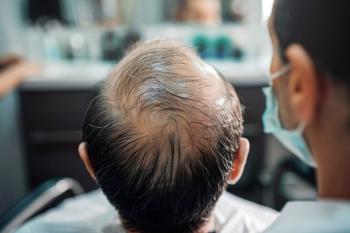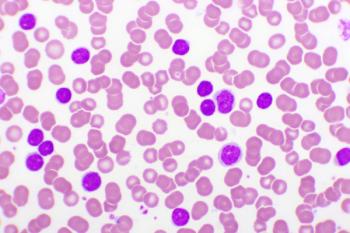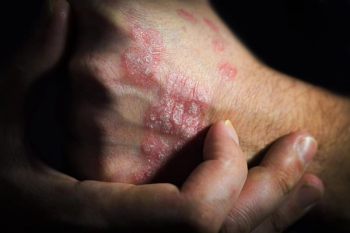
Being Sexually Diverse Linked to Atopic Disease Prevalence
This newest analysis on atopic diseases compared outcomes between persons considered to be sexually diverse (lesbian, gay, or bisexual) and heterosexual individuals.
Atopic diseases,
In this new analysis, the mean (SE) patient age was 48.9 (0.2) years, and of the 27,012 individuals in the overall cohort, 1311 identified as sexually diverse; these patients were also younger, with a mean age of 36.9 (0.5) years, and 41.1% identified as gay or lesbian; 47.0%, bisexual; and 11.9%, something else. Most reported a non-Hispanic White race or ethnicity (63.5%), having private insurance (62.8%), and that they lived in the South (38.3%) or West (23.3%) regions of the United States, as well as a medium/small metropolitan area (31.2%) or a large central metropolitan area (30.9%).
Using data from the 2021 National Health Interview Survey, the team of investigators noted, “Limited data exist on the prevalence of AD among [sexually diverse] people. We investigated the association between atopic diseases and sexual orientation among US adults.”
Their cross-sectional analysis focused on the prevalence of atopic dermatitis among sexually diverse persons, with there already being research showing these individuals have a higher risk of 2 other major atopic diseases:
Overall, compared with their heterosexual counterparts, the sexually diverse population showed a greater likelihood of reporting cases of 3 atopic diseases previously mentioned, with allergic rhinitis being most prevalent, but AD having the highest additional risk:
- AD: 11.1% vs 7.2% (adjusted odds ratio [aOR], 1.49; 95% CI, 1.19-1.86)
- Asthma: 12.0% vs 7.8% (aOR, 1.39; 95% CI, 1.13-1.71)
- Allergic rhinitis: 33.7% vs 25.6% (aOR, 1.30; 95% CI, 1.11-1.51)
These results were seen when adjusting for age, race and ethnicity, region, urbanicity, nativity, educational level, household income, insurance status, health care use, health care access, body mass index, and smoking status.
Accounting for age, race and ethnicity, and sex produced similar results between the sexually diverse and the heterosexual cohorts, respectively:
- Male participants:
- AD: 9.4% vs 5.5% (crude OR [cOR], 1.73; 95% CI, 1.21-2.47)
- Asthma: 9.9% vs 6.1% (cOR, 1.62; 95% CI, 1.15-2.28)
- Allergic rhinitis: 29.4% vs 21.2% (cOR, 1.53, 95% CI, 1.22-1.91)
- Female participants:
- AD: 11.8% vs 8.8% (cOR, 1.47; 95% CI, 1.13-1.93)
- Asthma: 13.9% vs 9.4% (cOR, 1.47; 95% CI, 1.14-1.90)
- Allergic rhinitis: 37.7% vs 29.9% (cOR, 1.24; 95% CI, 1.03-1.49)
Speculating why the prevalence of these atopic diseases differed among these populations, the study investigators highlighted potential contributions from the environment, as well as behavioral and sociocultural influences.
“Sexually diverse people are more likely to reside in urban areas due to reduced stigmatization, marginalization, and discriminatory housing policies and in the pursuit of a supportive community,” the authors wrote. “This likely leads to unequal exposure to environmental triggers for atopic diseases, including air pollutants, occupational exposures, and secondhand smoke.”
Another barrier could be lack of access to equivalent health care because of systemic discrimination and bias—both known to contribute to minority stressors, or chronic stress exposure from, among others, repeated exposure to violence and marginalization.
Because of these findings, the authors emphasize the need for more research, with a particular focus on environmental, socioeconomic, and sociocultural factors and minority stress.
Reference
Rypka KJ, Woldu A, Boos MD, Maguiness SM, Mansh MD. Prevalence of atopic diseases among sexually diverse adults in the US. JAMA Dermatol. Published online July 12, 2023. doi:10.1001/jamadermatol.2023.1934
Newsletter
Stay ahead of policy, cost, and value—subscribe to AJMC for expert insights at the intersection of clinical care and health economics.









































